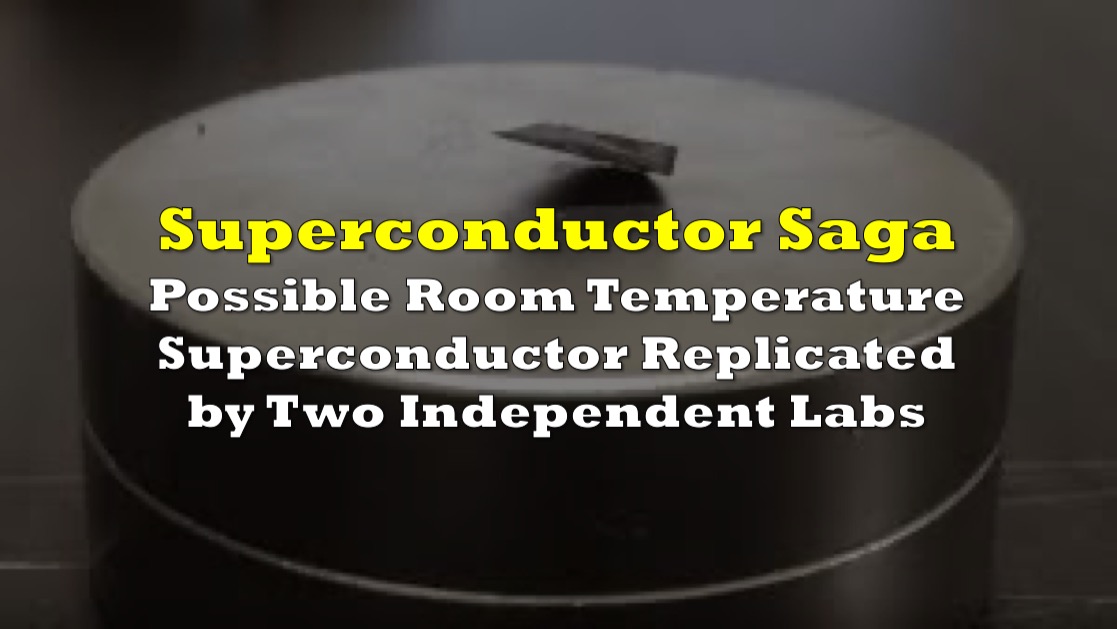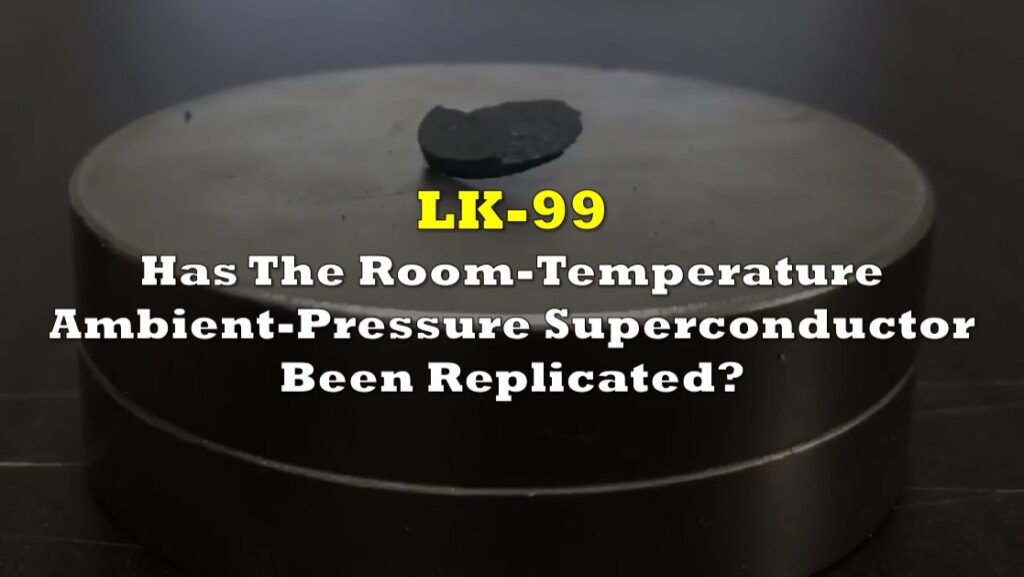Two Chinese labs claim to have successfully replicated the controversial LK-99 superconductor results, albeit in a slightly modified manner, potentially unlocking the doors to room temperature superconductivity. The news comes after initial skepticism and failed attempts to reproduce the original findings last August.
The researchers, led by eminent physics professor HyunTak Kim from the College of William and Mary, reported successful synthesis of the new material, stating they have achieved “a few hundred nanometers” and are aiming for “micrometer scale or larger.” The material exhibits superconductive properties at 250K, or -23°C, without the need for high pressure, a major advancement if proven true.
READ: Room-Temperature Superconductor Discovery Under Scrutiny As Authors Seek Journal Retraction
The new material contains sulfur, unlike the original LK-99, raising questions about the role of sulfur contamination in the previous results. The approach this time aims to eliminate any possibility of contamination, unlike the earlier controversial claims of floating rocks.
Recognizing the limitations of their data, the researchers were careful in their conclusions, referring to the potential superconductivity and explicitly ruling out ferromagnetism. They also emphasized the need for further testing using established superconductivity verification methods.
The two Chinese labs working on replicating LK-99 appear to have found a room-temperature superconductor.
— Christian Keil (@pronounced_kyle) January 3, 2024
At first blush, here's what's different from last time:
• it's more like "room temperature" than room temperature, the paper says 250K which is -10 F or -23 C. That's… pic.twitter.com/sJYIaLEsH8
Researchers were also cautious in their messaging about the Meissner Effect, stating it “possibly” exhibits the phenomenon. They attribute the uncertainty to the lack of instruments capable of precisely measuring the effect.
Notably, JH Kim, the experimental chemist from the original LK-99 team, is no longer part of the research group. Speculation suggest a move to a startup called CCS, possibly driven by financial motivations.
While some researchers consistently pointed to the involvement of sulfur in the superconductivity, other academic circles remain cautious, with most of the scientific community adopting a wait-and-see approach. The community meanwhile remains divided on the significance of LK-99 and its potential replication. Some see it as a revolutionary breakthrough akin to the transistor, while others highlight the challenges and uncertainties inherent in early-stage material science discoveries.
NEWS: Possible Room Temperature Superconductor Replicated by Two Independent Labs
— Andrew Côté (@Andercot) January 3, 2024
A paper was published this morning by a collaboration of two different teams looking to confirm or invalidate the original LK-99 superconductivity result.
Here's everything you need to know:
– A… pic.twitter.com/KQODkxYUTZ
If confirmed, the room temperature superconductor could have wide-ranging applications, revolutionizing technology dependent on electricity. The long-term impact, however, depends on further refinement of the process and overcoming challenges associated with material purity.
Information for this story was found via the sources mentioned. The author has no securities or affiliations related to the organizations discussed. Not a recommendation to buy or sell. Always do additional research and consult a professional before purchasing a security. The author holds no licenses.






